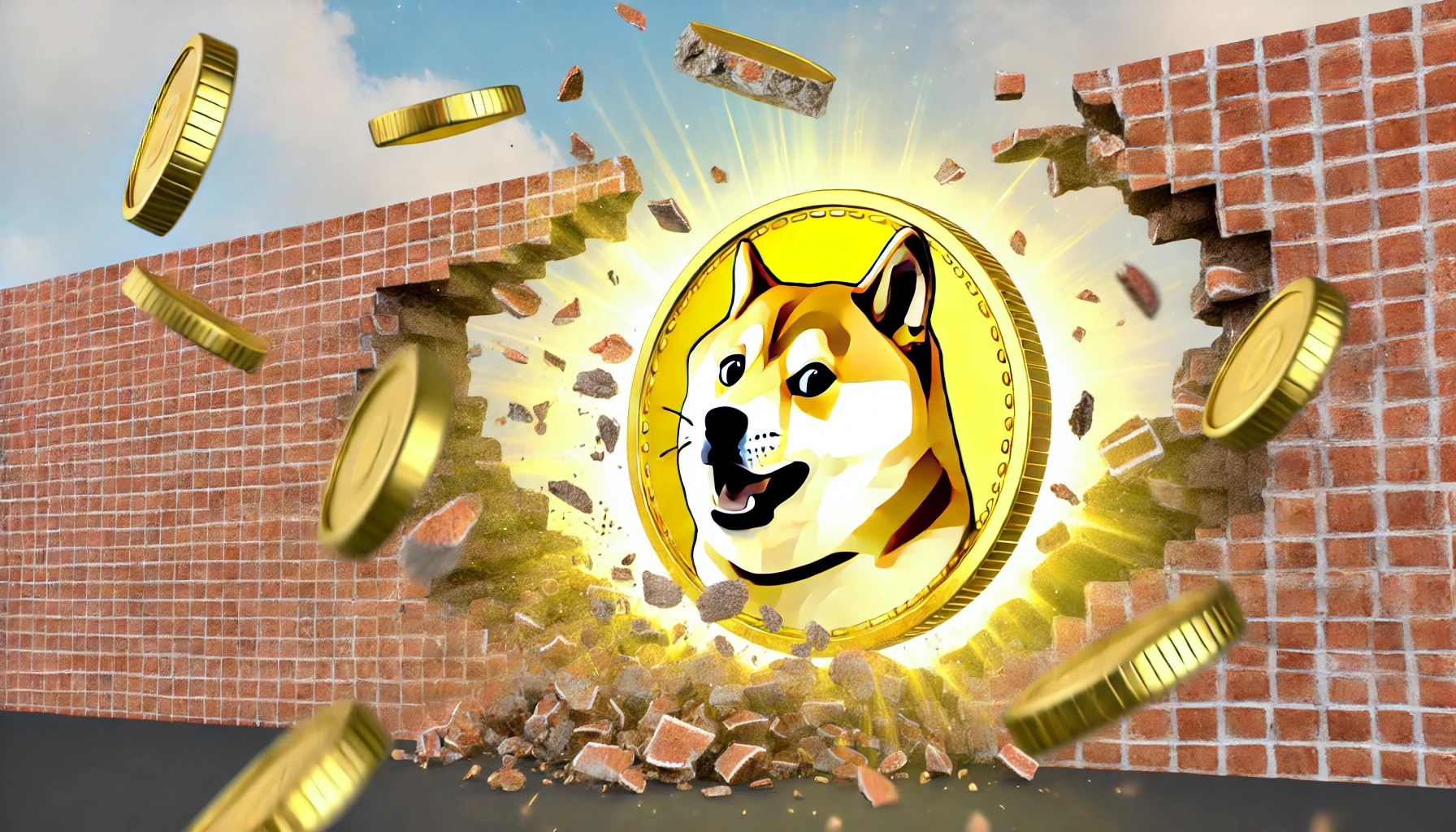Pulse of Information
Your source for the latest insights and updates.
Doge Coin: The Meme That Became Money
Discover how Doge Coin transformed from a simple meme to a revolutionary cryptocurrency. Uncover the story behind the buzz and join the craze!
How Dogecoin Started as a Meme and Evolved into a Cryptocurrency
Dogecoin began its journey in December 2013, created by software engineers Billy Markus and Jackson Palmer as a lighthearted response to the burgeoning popularity of cryptocurrencies, particularly Bitcoin. The project was inspired by the famous Doge meme featuring a Shiba Inu dog, which humorously encapsulated the quirks of internet culture. Initially intended as a joke, Dogecoin quickly gained traction within online communities due to its playful branding and friendly atmosphere, drawing in both cryptocurrency enthusiasts and newcomers who appreciated its humorous origins.
As time went by, Dogecoin transitioned from a mere meme to a legitimate cryptocurrency with a dedicated community. It became known for its use in tipping content creators on social media platforms and supporting charitable causes, which helped elevate its status within the digital currency realm. Moreover, the introduction of Dogecoin into the wider market caught the attention of investors, leading to a surge in its value. This evolution showcases how a cryptocurrency founded on humor can gain traction and influence, highlighting the unique dynamics of the crypto landscape.

The Rise of Dogecoin: A Deep Dive into the Meme-Driven Market
Dogecoin, originally created as a joke in 2013, has experienced a remarkable surge in popularity, becoming a significant player in the cryptocurrency market. This surge can be largely attributed to its meme-driven nature, which resonated with internet culture, particularly among younger audiences. The Shiba Inu dog, the face of Dogecoin, symbolizes not just humor but also a sense of community and inclusivity. As the cryptocurrency ecosystem evolved, so did Dogecoin, transitioning from a mere novelty to a serious contender, bolstered by celebrity endorsements and grassroots movements on social media platforms like Reddit.
In addition to its cultural impact, Dogecoin's rise reflects the broader trends within the cryptocurrency space. As traditional finance faces challenges, many investors are turning to alternative assets. Dogecoin's low transaction fees and quick processing times appeal to a demographic seeking practical solutions through cryptocurrency. Moreover, the community-driven approach to its development and marketing sets it apart from more conventional currencies. This phenomenon raises intriguing questions about the future of financial transactions and the role of memes in shaping market trends, signaling a new era where dogecoin and other meme-based coins might redefine investment strategies.
Is Dogecoin a Good Investment? Understanding Its Value and Future Potential
Dogecoin, originally created as a joke in 2013, has evolved into a cryptocurrency with a vibrant community and a significant market presence. While its initial appeal lay in its fun and friendly branding featuring the Shiba Inu dog, Dogecoin has garnered attention for its low transaction fees and fast processing times. These factors make it a practical option for microtransactions and tipping. However, potential investors should approach Dogecoin with caution, as its market is highly volatile and heavily influenced by social media trends and celebrity endorsements.
When considering whether Dogecoin is a good investment, it's essential to analyze its future potential and inherent risks. Current trends show that Dogecoin maintains a dedicated following, and as mainstream adoption of cryptocurrencies increases, there may be opportunities for growth. However, potential investors should also acknowledge the challenges ahead, including regulatory scrutiny and competition from more established cryptocurrencies like Bitcoin and Ethereum. A well-informed investment strategy that includes diversification could be key to navigating the unpredictable landscape of digital currencies.